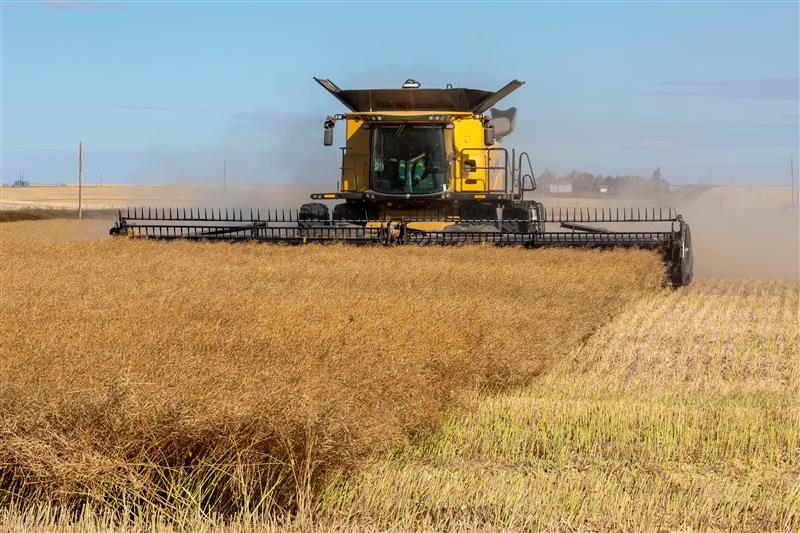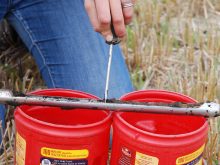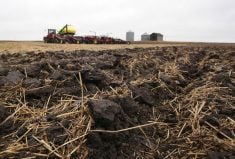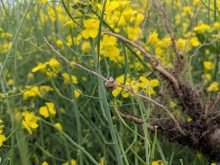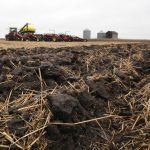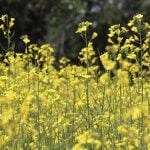Wet growing conditions last year allowed fusarium head blight to hammer wheat crops across a 1,000 kilometre stretch of the Prairies from Anola, Man., to Biggar, Sask.
Canadian Wheat Board agronomist Mike Grenier said that means growers in parts of Saskatchewan will need to take steps to combat the disease this year.
“Historically, it’s been Manitoba and southeast Saskatchewan,” he told a fusarium workshop at the University of Manitoba last month.
“In the last three or four years, we’re starting to see it (fusarium) creep north along the Manitoba-Saskatchewan border. In that area around Melville and Yorkton, we’re starting to see it show up more frequently and in higher levels.”
Read Also
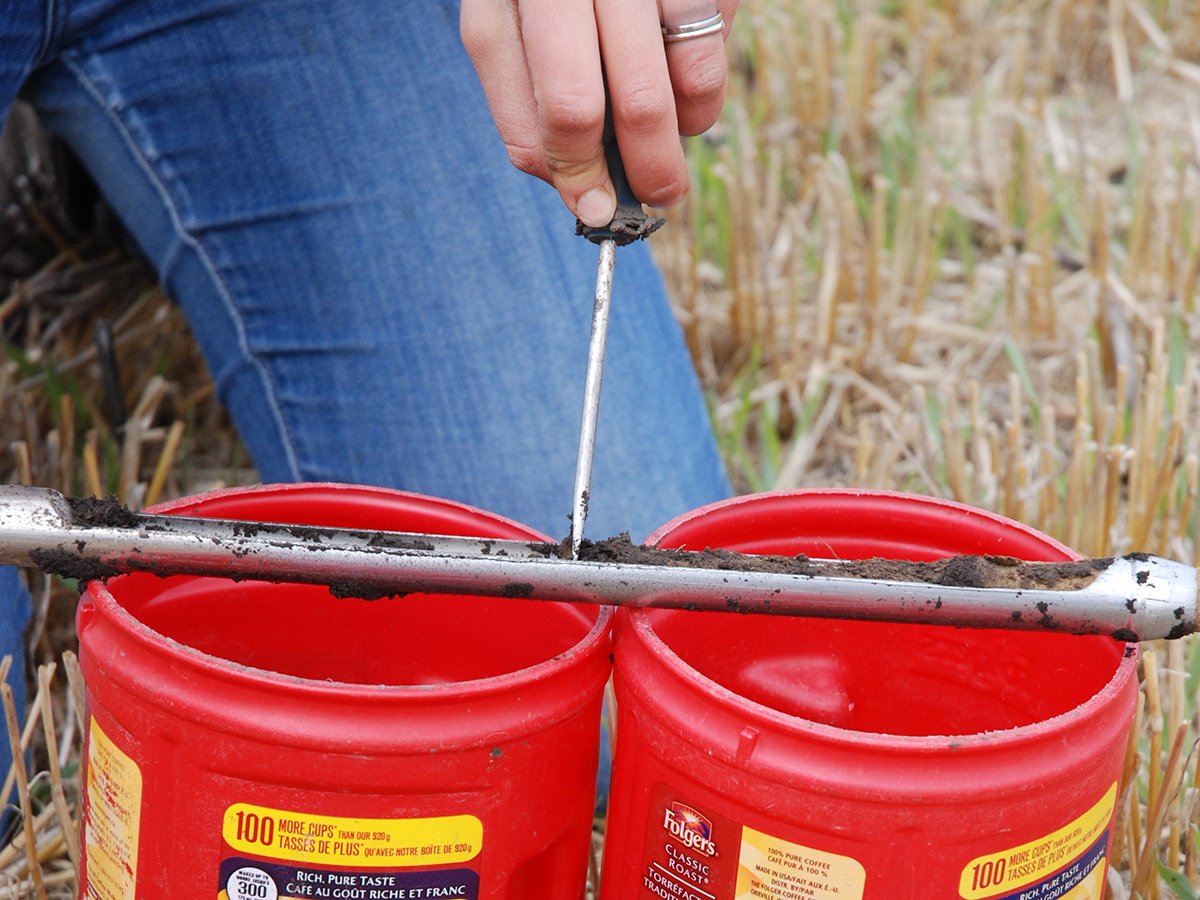
Federal government supports soil health strategy
Sophie Beecher, director general at Agriculture Canada, said at a soil conference in Winnipeg that the feds support the idea of a national soil health strategy.
The Canadian Grain Commission’s 2010 harvest data showed that 47.4 percent of the wheat samples in Manitoba were downgraded due to fusarium and 13.2 percent in Saskatchewan.
Wheat Board on-farm samples from Carrot River, Sask., contained 1.5 percent fusarium damaged kernels (FDK) in 2010, which downgrades wheat to a No. 3 grade.
Rosetown, Sask., was another fusarium hot spot last year. Most of the wheat had 0.8 percent FDK (No. 2 Grade) or 1.5 percent FDK.
The F. graminearum fungus, which causes the disease, is well established in the Manitoba’s crop stubble and soil.
As a result, most Manitoba wheat growers, especially those in the Red River Valley, know they have to monitor fusarium every year and select varieties with resistance.
This winter, Grenier hosted seminars and workshops in Saskatchewan to provide producers with up to date information on fusarium and tips on appropriate responses to the disease.
He said fusarium isn’t a concern in west-central Saskatchewan in most years, which is why growers shouldn’t over-react to the high levels of FDK caused by the abnormally wet conditions.
“That west-central Saskatchewan is sort of a one-off,” he said.
Choosing wheat varieties with midge and sawfly resistance should be a bigger priority than fusarium resistance in that part of the province, he added.
However, growers in the Yorkton-Melville area, where the F. graminearum population is nearing a critical mass, should consider fusarium resistance when choosing a wheat variety, he said.
“In eastern Saskatchewan, they need to be understanding the value of having a variety that has base level of fair resistance, even if they don’t think that fusarium is important to them.”
Dilantha Fernando, a plant pathologist at the University of Manitoba, said only five percent of wheat samples in Alberta were downgraded in 2010 because of fusarium damage.
However, he said wheat growers in Alberta should know that their province isn’t immune.
“Even though you might think the pathogen might not get into Alberta … it is a matter of time,” said Fernando, who organized the two-day fusarium workshop at the U of M.
“The way that the pathogen has been moving, it doesn’t seem like it is stopping,”
Growers in Alberta may think that avoiding infected seed is best way to keep fusarium out of the province, but Fernando said the disease is more likely to blow in with the wind.
“There are two ways the pathogen can move. One is with the seed, which is something we can restrict. But the pathogen moving with the wind is something we cannot restrict,” he said. “Especially with the conservation tillage practices on the Prairies, the inoculum is going to stay up on the (stubble). The production of the spores will be quickly ejected… and they can travel long distances by wind.”
Grenier said fusarium resistant wheat varieties will be necessary to control the disease.
“Long term, we want all the varieties out there to have at least that fair rating (of fusarium resistance).”

